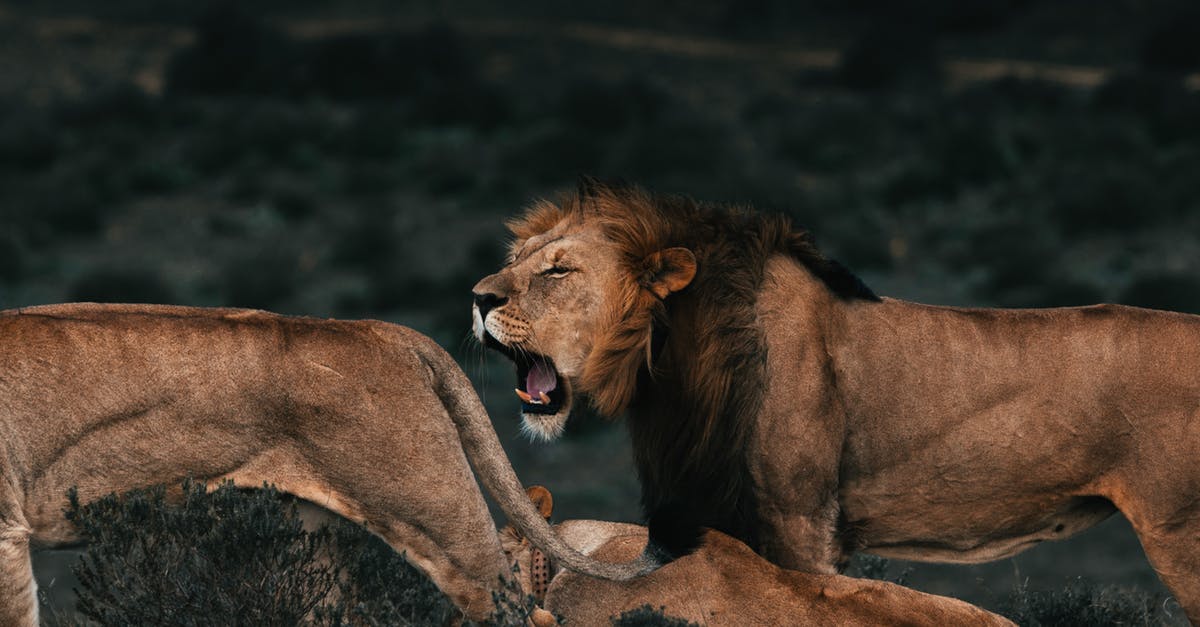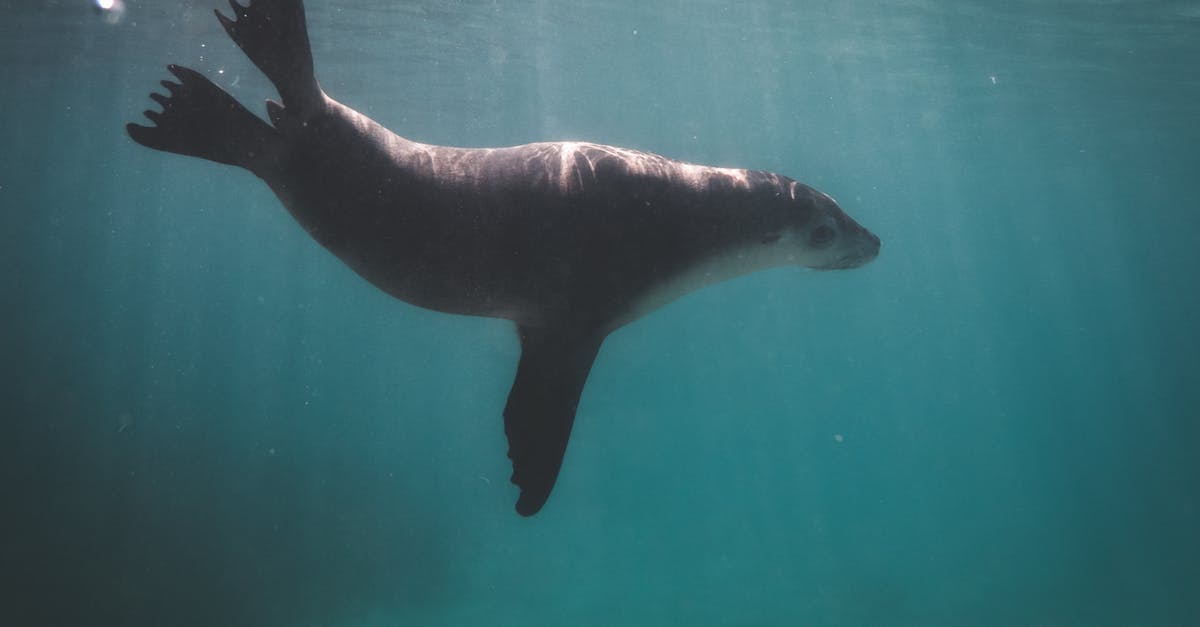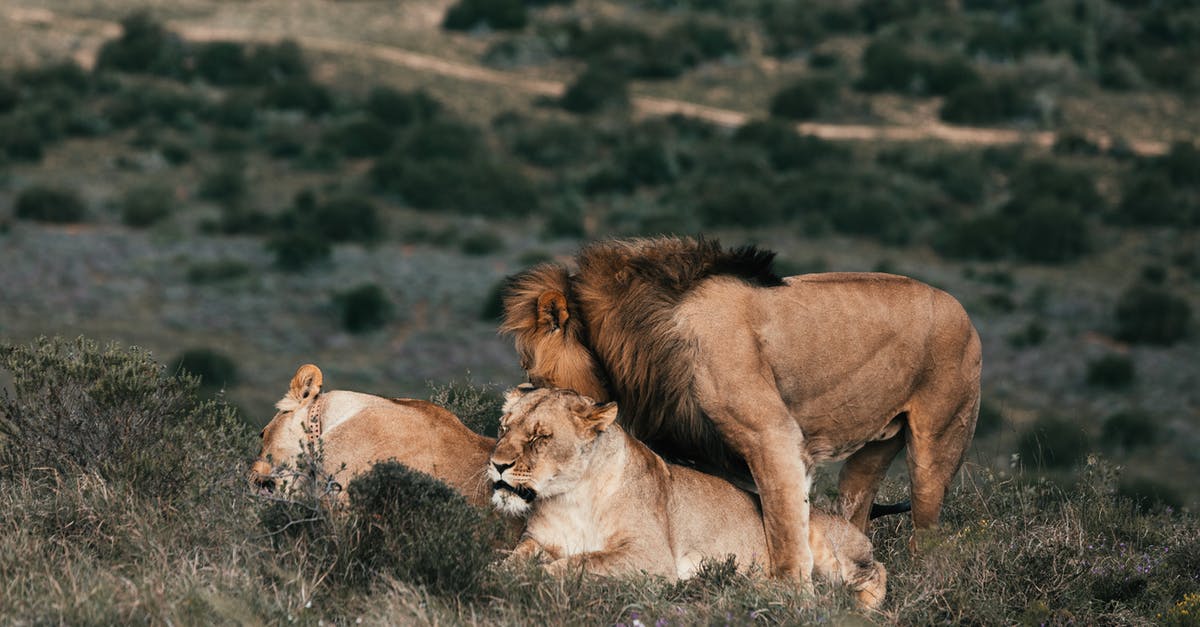Other Species' Lifespan Compared to Lions'

In The Lion King, we are shown a family of lion royalty over multiple generations, as well as its subjects and other animals involved with its kingdom, the Pride Lands. Recently, I have noticed how long certain species live compared to other species, and have wondered whether this is at all realistic. We are not shown many other families, and do not see many other child animals, so this will have to be mostly within the context of the royal family.
At the beginning, we see the birth of Simba, born from Mufasa and Sarabi. Scar is Mufasa's brother. Nala, Simba's future wife, would also have been born around this time. Besides the lions, we see Zazu, a hornbill, and Rafiki, a baboon, in this scene. Both are clearly adults, and serve major roles in the kingdom's hierarchy. Timon, a meerkat, and Pumbaa, a warthog, are first seen, as adults, as well, about halfway through the film, when Simba is still a young child.
At the end of the film, most of these animals are still alive when we see the birth of Simba and Nala's child. Most of the animals look almost exactly the same, even though the lion equivalent of decades has passed. Mufasa was killed by Scar when Simba was a young cub, and Scar himself was killed towards the end of the movie by his own army of hyenas, but we see Zazu, Rafiki, Timon, Pumbaa, and Sarabi at the new cub's presentation at the end, and all 5 look identical to their first appearances. Simba and Nala are the only animals who have clearly aged during the movie, as they were just being born at the beginning and are now adults, having a child of their own.
It gets even more ridiculous if we consider The Lion King 2 and The Lion King 1 1/2. The former is a sequel, and deals with Simba and Nala's cub, Kiara, and ends with her coronation, as an adult; while the latter is a prequel of The Lion King, and starts long before the first movie. In the sequel, Rafiki, Zazu, Timon and Pumbaa are all seen at the end, when Kiara is all grown up, and all four do not seem to have aged a day since their respective first appearances in the first movie. These are cartoons, so it is rather hard to show age, but I would think they should at least have grey hair or (more) bent backs or perhaps more realistic, less anthropomorphized signs of aging.
Rafiki, Zazu, Timon and Pumbaa are also all seen in The Lion King 1 1/2, long before Simba's birth, still looking exactly the same (though Timon was coming of age at the beginning, so he looked a little younger), meaning all four animals lived through at least 3 or 4 generations of lions after they came of age and do not look like they have aged a day throughout. We do not see Sarabi, Mufasa or Scar in either movie, except in a scene in The Lion King 1 1/2 already shown in the first movie, so we do not know how long they lived compared to their younger relatives. However, Sarabi lives to see her grandchild, and Scar almost does, and neither looks significantly older. I know these are children's cartoons, but this seems like a bit of a stretch, even for children. Disney does not consider many sequels canon, however, so it does not endorse these two movies, but the company commissioned them and some people thought this would seem realistic, so I'm counting them. Even with just the first movie, however, the age problem is apparent.
Is this situation at all realistic? Do hornbills, baboons, warthogs, or meerkats live significantly longer than lions? Do these animals come of age early and live for a very long time afterwards, assuming they are not killed by predators, rivals or disease? I understand that this is a children's cartoon, and thus should not be considered a perfect model for the real world, so I am asking whether it is at all a model of the real world, by accident or on purpose. I am also not asking so much about the realism of age not being apparent, as these movies are cartoons, so this is hard, but discussions about apparent signs of age, such as different colors of fur, wrinkles, that shaking old people do in movies, or others, and whether these were or should have been shown, are welcome.
Best Answer
First of all, birds do live a long life. I owned an African Gray and a Double Yellowneck and both had a life expectancy in the 70's. And they do look exactly the same during almost that entire time.
However, in the context of Disney, this is merely to establish continuity among beloved characters. You want a 4 or 5 year old to recognize Timon and Pumba because they're the sidekicks. They're the reason kids with a 10-minute attention span can watch the whole movie. If you suddenly made them unrecognizable, you take that part away and a child could become confused and then disinterested. Plus, which version do you make the inevitable plush toy resemble? :oP
Disney almost always engages in Anthropomorphism; giving human qualities to non-human beings. Hence the aging, wrinkles, etc that real animals do not go through. When it's time to progress a character to that point, you need to have a way to indicate they have aged, and since in the real world they don't exhibit any characteristics of aging (save maybe some gray hair on certain animals), you have to show them what they know, and they know grandparents have those characteristics (slightly hunched, gray hair, wrinkles, etc...).
Pictures about "Other Species' Lifespan Compared to Lions'"



Other Species - Only Light
Sources: Stack Exchange - This article follows the attribution requirements of Stack Exchange and is licensed under CC BY-SA 3.0.
Images: George Milton, Rachel Claire, Lachlan Ross, Rachel Claire
